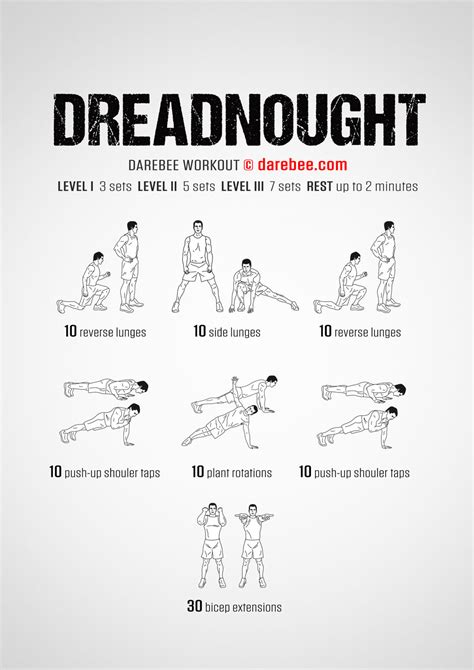The Blueprint for Male Fat Loss: A Holistic Approach
For men looking to shed stubborn body fat and sculpt a lean, powerful physique, the journey requires more than just random workouts and restrictive eating. It demands a strategic, integrated approach to both nutrition and training. This guide will break down the essential principles and actionable steps to optimize your efforts, ensuring sustainable and effective fat loss.
Dietary Mastery: Fueling Fat Loss
Nutrition is paramount when it comes to fat loss. You simply cannot out-train a poor diet. The core principle revolves around creating a sustainable caloric deficit – consuming fewer calories than your body burns – while ensuring adequate macronutrient intake to preserve muscle mass and support metabolic function.
1. Caloric Deficit is King
To lose fat, you must consume fewer calories than you expend. Start by calculating your Basal Metabolic Rate (BMR) and Total Daily Energy Expenditure (TDEE), then aim for a deficit of 300-500 calories per day. This gradual reduction allows for consistent fat loss without dramatically sacrificing energy levels or muscle.
2. Prioritize Protein Intake
Protein is your best friend for fat loss. It helps preserve lean muscle mass during a caloric deficit, promotes satiety (keeping hunger at bay), and has a higher thermic effect of food (meaning your body burns more calories digesting it). Aim for 1.6-2.2 grams of protein per kilogram of body weight daily, distributed across your meals.

3. Smart Carb & Fat Management
While often demonized, carbohydrates are crucial for energy, especially for intense training. Focus on complex carbohydrates (oats, brown rice, sweet potatoes, whole grains) and time their intake around your workouts. Healthy fats (avocado, nuts, olive oil, fatty fish) are vital for hormone production and overall health, but calorie-dense, so consume in moderation. Aim for 20-30% of your total calories from healthy fats.
4. Hydration and Micronutrients
Don’t overlook the basics. Adequate water intake is essential for metabolism, appetite control, and overall bodily function. Ensure your diet is rich in fruits and vegetables to supply essential vitamins, minerals, and fiber, supporting digestion and health during your fat loss journey.
Training for Maximum Impact: Building a Fat-Burning Furnace
While diet creates the deficit, training optimizes body composition by preserving or even building muscle, which in turn boosts your metabolism. A balanced training regimen combines strength training and strategic cardio.
1. Embrace Strength Training
Heavy, progressive strength training is non-negotiable. It signals your body to retain muscle mass, which is metabolically active, burning more calories even at rest. Focus on compound movements (squats, deadlifts, bench presses, rows, overhead presses) with challenging weights, aiming for 3-5 sessions per week. Progressive overload—gradually increasing the weight, reps, or sets—is key to continued progress.

2. Strategic Cardiovascular Exercise
Cardio complements strength training by increasing calorie expenditure.
- High-Intensity Interval Training (HIIT): Short bursts of maximal effort followed by brief recovery periods. HIIT is time-efficient and excellent for calorie burning and improving cardiovascular fitness. Perform 1-3 sessions per week on non-strength training days, or after your strength workout.
- Low-Intensity Steady State (LISS): Activities like brisk walking, jogging, or cycling for longer durations (30-60 minutes) at a moderate pace. LISS is great for recovery and adds to your overall caloric deficit without causing excessive fatigue.

Beyond Diet and Training: The Lifestyle Edge
Optimal fat loss isn’t just about what you eat and how you move; it’s also deeply intertwined with your lifestyle habits.
1. Prioritize Sleep
Lack of sleep can wreak havoc on your hormones, increasing cortisol (stress hormone, promoting fat storage) and ghrelin (hunger hormone), while decreasing leptin (satiety hormone) and testosterone. Aim for 7-9 hours of quality sleep per night to support recovery, hormone balance, and willpower.
2. Manage Stress
Chronic stress elevates cortisol levels, which can lead to increased abdominal fat storage and impaired recovery. Incorporate stress-reducing activities into your routine, such as meditation, yoga, reading, or spending time in nature.

3. Consistency and Patience
Fat loss is a marathon, not a sprint. Consistency in your diet, training, and lifestyle choices is far more important than perfection. There will be plateaus and setbacks; learn to adapt, stay patient, and trust the process. Track your progress (photos, measurements, weight) to stay motivated and make informed adjustments.
Putting It All Together: A Sample Week
A typical week might look like this:
- Monday: Strength Training (Upper Body)
- Tuesday: HIIT or LISS Cardio
- Wednesday: Strength Training (Lower Body)
- Thursday: Active Recovery or LISS Cardio
- Friday: Strength Training (Full Body or Push/Pull)
- Saturday: HIIT or LISS Cardio / Active Recovery
- Sunday: Rest / Active Recovery
Remember to adjust your caloric intake on training vs. rest days if necessary, and ensure your protein goals are consistently met. Listen to your body and adjust rest days or intensity as needed.

Conclusion: Your Path to a Leaner Physique
Shredding body fat and achieving a lean physique is an attainable goal for men when approached with intelligence and dedication. By optimizing your diet for a sustainable caloric deficit and high protein intake, engaging in progressive strength training, strategically incorporating cardio, and prioritizing sleep and stress management, you create an environment for consistent and effective fat loss. Commit to the process, stay consistent, and watch your body transform into the powerful, shredded physique you desire.




